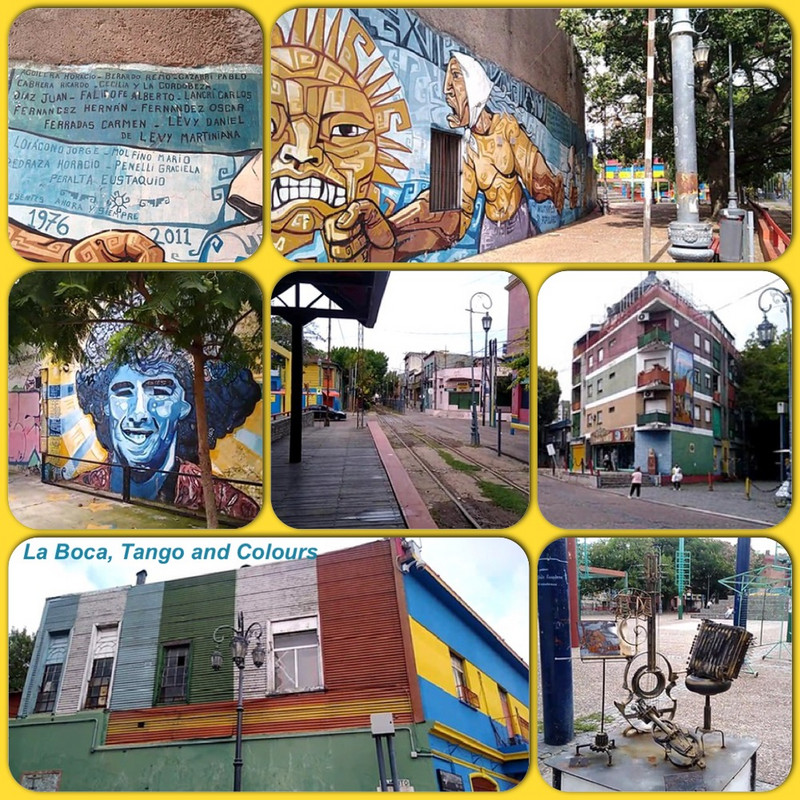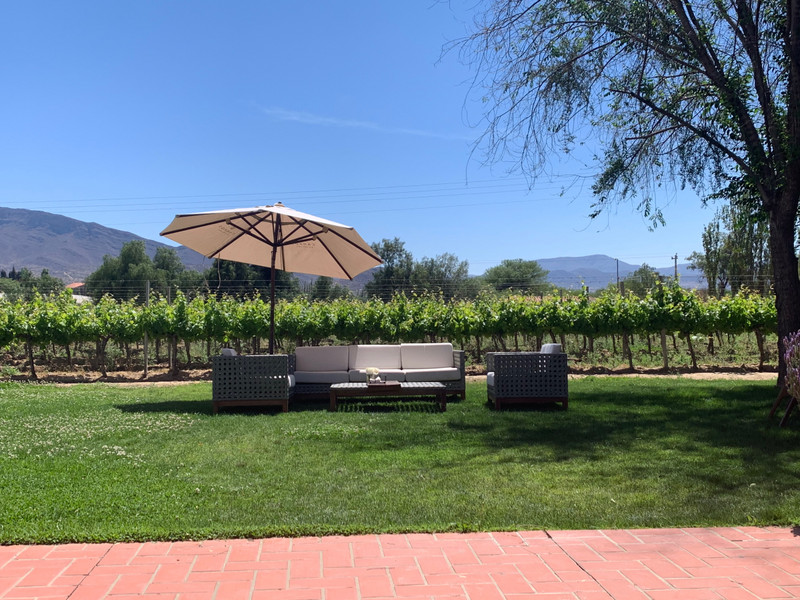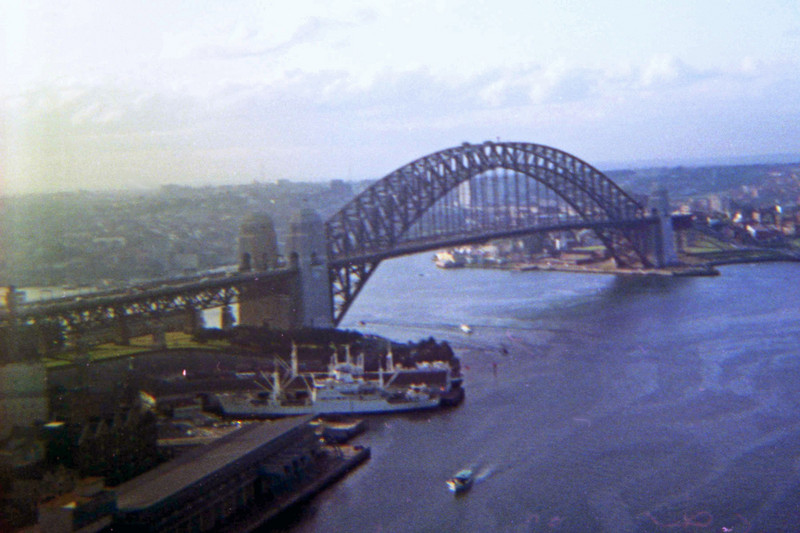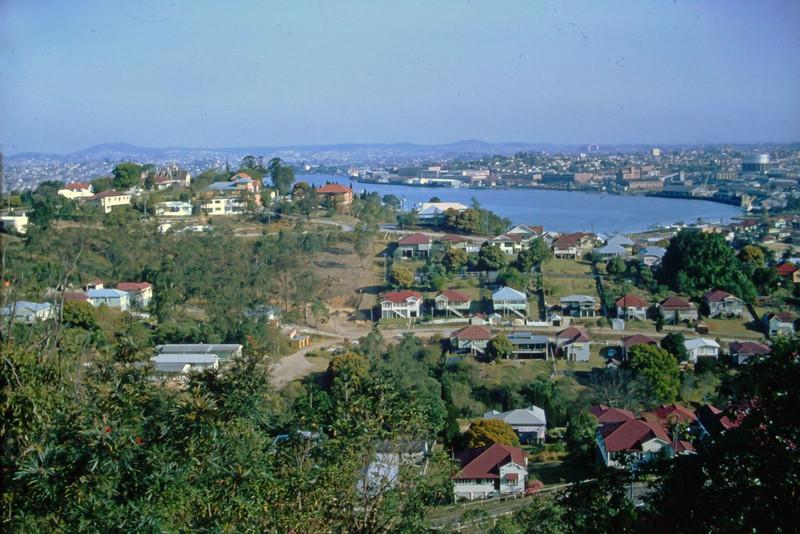The neighborhood of La Boca, in the Argentine capital of Buenos Aires, is famous for two things —the football stadium La Bombonera, and El Caminito, a short pedestrian street paved with cobblestone where artists sell their wares and tango dancers prance along the sidewalk providing photo opportunities for tourists. The rainbow colored ramshackle buildings lining either side of the famous strip is probably one of the most famous images of Buenos Aires.
La Boca means the mouth in Spanish, and is so named because it is situated at the mouth of the Riachuelo river. Originally, La Boca was a shipyard. The dock workers who lived there were so poor that they built their houses using ship building materials such as planks and corrugated sheet metal. They also painted those houses with leftover paints. But there wasnt enough paint of the same color to cover an entire house, so the houses became colorful patchwork. As the years rolled by and a new port was built, people moved out and the area fell into decline.
influx of immigrants from Genoa, Italy. Coming from a port city, it was natural for the Genoese to settle along the Buenos Aires waterfront. There were so many Genoese in La Boca at that time that some say the name is a of the name Boccadasse, a neighborhood in Genoa.
The new arrivals constructed tenements made of scrap metal and painted the shacks with bright leftover marine paint to liven up the wasteland.
Soon the Italians were joined by immigrants from Spain, France, England, Ireland , Eastern Europe and Greece and among others. The mix gave birth to tango, although the term wouldnt be coined until the end of the 1890s. Factory and port workers would gather to dance in the central halls of the tenements and vie to grab the attention of the few women available at the time.
La Bocas revival began in the 1950s when local artist Benito Quinquela Martn started painting the old houses in bright colors, just like the poor immigrants did. He also erected a makeshift stage for performances and La Boca quickly became a small cultural refuge for street artists.
We saw Tango dancers entertaining diners at a restaurant and later listened to an elderly gentleman playing an accordion.









